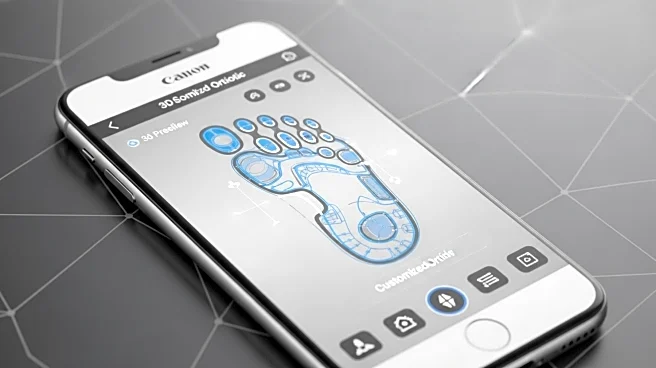What's Happening?
The global intravascular lithotripsy market is expected to grow significantly, with projections indicating an increase from USD 1.07 billion in 2025 to USD 3.93 billion by 2034. This growth is driven by the rising prevalence of cardiovascular diseases and the advantages of intravascular lithotripsy over traditional treatments for calcified arteries. The coronary artery disease (CAD) segment leads the market, with IVL catheters being the primary devices used to deliver shockwaves to calcified lesions. North America currently dominates the market, while Asia Pacific is anticipated to experience the fastest growth.
Why It's Important?
The expansion of the intravascular lithotripsy market is crucial as it addresses the growing burden of cardiovascular diseases, which are a leading cause of morbidity and mortality globally. Intravascular lithotripsy offers a safer and more effective alternative to traditional procedures, reducing complications and improving patient outcomes. The market's growth reflects advancements in minimally invasive methods and the increasing demand for improved vascular therapies, particularly among the aging population. This development highlights the importance of innovation in medical devices and the potential for improved healthcare delivery.
What's Next?
As the market continues to grow, manufacturers and healthcare providers are likely to focus on expanding the use of intravascular lithotripsy in complex coronary lesions and other vascular applications. The integration of artificial intelligence in procedure planning and intraprocedural guidance may enhance precision and efficiency. Ongoing clinical trials and research will further validate the efficacy of intravascular lithotripsy, potentially leading to wider adoption and new applications. Regulatory approvals and partnerships in emerging markets will be key to expanding access to this technology.
Beyond the Headlines
The growth of the intravascular lithotripsy market may have broader implications for the healthcare industry, including the potential for increased adoption of minimally invasive procedures and the integration of AI in medical device technology. Ethical considerations regarding access to advanced treatments and the cost of care may arise, prompting discussions on healthcare equity and policy reform. The success of intravascular lithotripsy could pave the way for similar innovations in other areas of medicine, transforming how cardiovascular diseases are managed.










